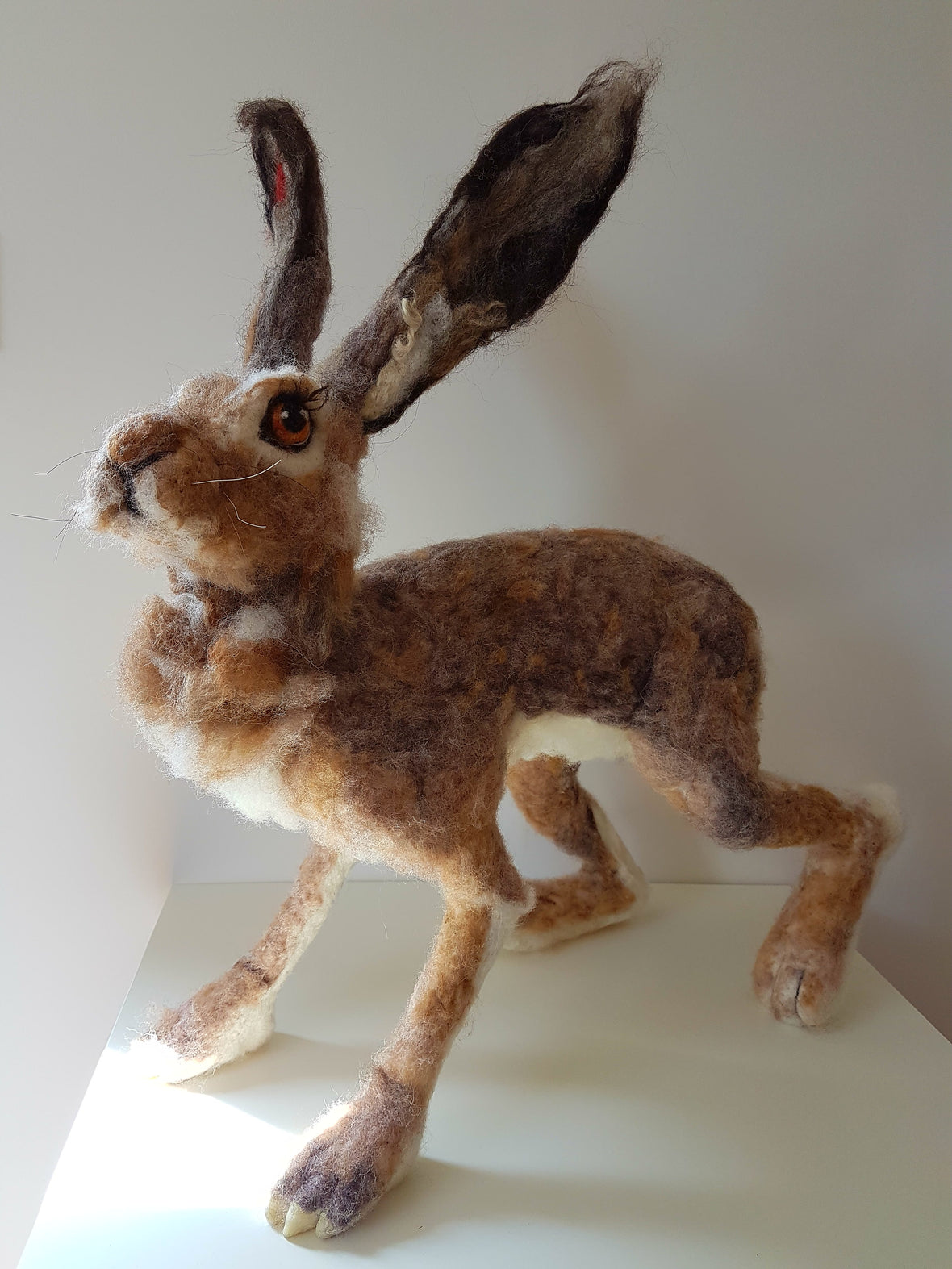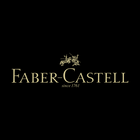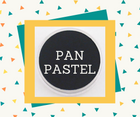
A Guide to Felting Needles - Shapes and Sizes
Angela Park
Felting needles are designed with miniature barbs along their edges. When these barbs are punctured into natural wool, they create a tangle. This tangle, formed through repeated poking, eventually transforms into wool felt. The denser the felt desired, the more times the felting needle should be used to poke the wool. Felting needles do not have any markings to indicate size or shape, with experience you will get to know how each needle moves, and the size by feel and by looking at the barbs on the needle.
Some sellers, have introduced their own coded system, where they dip the top of the needle in coloured enamel and create their own corresponding colour coded system. There is no universal colour code for identifying felted needles, and each company will have their own colour scheme.

Different Shapes of Needles
Needles come in so many forms. Triangles, twists, stars, crowns, forks, and reverses - it's like a needle wonderland! Though it may sound complex, these needle shapes are all about fine-tuning your piece. Here are some examples:
Triangle (Easy to use, good for shaping) - 6 barbs
Star (Will catch more fibres that a triangle) - 8 barbs
Twisted (Especially good at finding loose fuzzy ends) - 8 barbs
Crown (Use for extra fine detailing and tidying up tiny bits of wool fluff) - 3 barbs
Reverse (Pulls wool out in reverse to make fluffy) - 6 barbs
Needle Numbering
When it comes to felting needles, gauge numbers are good to know. The higher the gauge, the more delicate the needle, and the tinier the barbs. As you sculpt your masterpiece, grab yourself a low-numbered needle like a 34 or 36. These are the ideal sizes for getting started. As your wool art takes shape, the fibers will start to tangle up nice and tight, making it tough for those bigger needles to wiggle through. That's when you'll need to step up your needle and go for a finer size such as a 38 or 40. Here is a quick rundown:
Nº 32 - 36 - Fixing, line work & shaping
Nº 38-40 - Fine detailing, firming and sculpting
Nº 42 - Finishing touches
Brands
The majority of felting needles are made by a German company called Groz Beckert, if you purchase a quality kit, or one of our kits from our suppliers, the needles will be from Groz Beckert. Some suppliers, choose to then add colour coding onto their needles, to help identify a number quickly. There is no universal colour coding, it just depends on the business.
Cheaper alternative needles are available, these needles tend not to be numbered sizes, and usually are described as small, medium or large. When starting out and finding your way with felting, these needles may be worth considering in the short term. We like the Trimits fine needle pack, as they are well made for a budget brand.
Find a selection of well know suppliers here please note we only post within the UK.
Safety
Felting needles are extremely sharp, they will hurt if you inadvertently poke yourself rather than the wool, and can easily break your skin or cause injury. If you do break a needle in your felted piece, it's important to retrieve it from your work, to avoid injuring someone else.
If a needle pierces your skin always wash your hands after. For broken needle injuries, seek first aid advice from a professional.
It's important to never share felting needles or use secondhand ones, as this may lead to unwanted infections. Stay safe, and keep those needles to yourself! If attending a class, you should expect needles to be new and unused.
When felting wool, it's advisable to felt straight into the wool, at any angle as long as you do not put any pressure along the length of the needle where the barbs are. The barbed area on a felting needle, are fragile and easily broken.
Hold the needle at the top with your thumb and index finger, a little extra support can be given with your middle finger, try not to let your fingers wander down the length of the needle and create pressure on the fragile barb area and cause breakage. You can purchase needle holders if you find this easier
If you see a little piece of debris in the wool, resist the temptation to remove with your felting needle as this will create a strain on the barbs and may result in breakage.
If you break a needle, don't worry, even the most experienced felter will break a needle from time to time. Try and stay focussed, keep your eyes on your work and take regular breaks.











